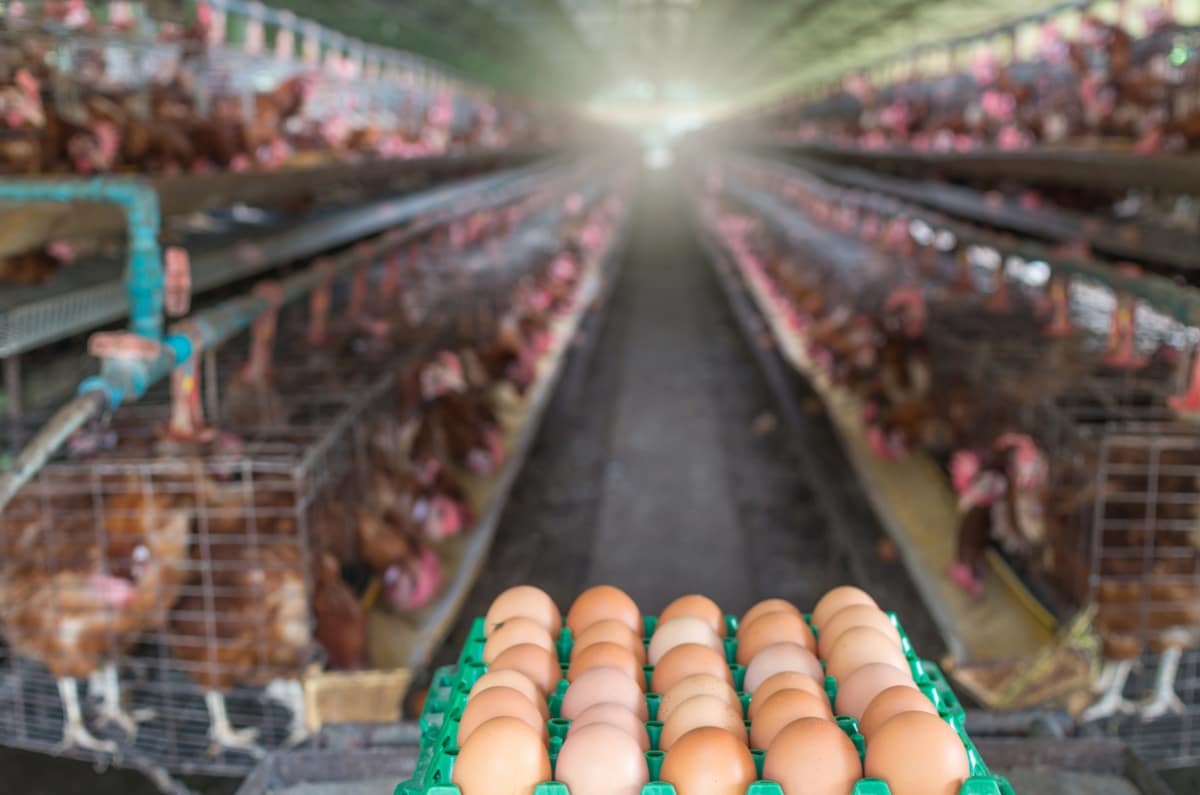
Do you want to get the most out of raising chickens and eggs for a living? In this cutthroat market, creating a comprehensive business strategy is essential to success. We’ll look at practical ways to improve your chicken egg farming business plan and raise your chances of success in this article. We’ll dive into crucial actions to increase the production and profitability of your farm, from resource allocation to market analysis.

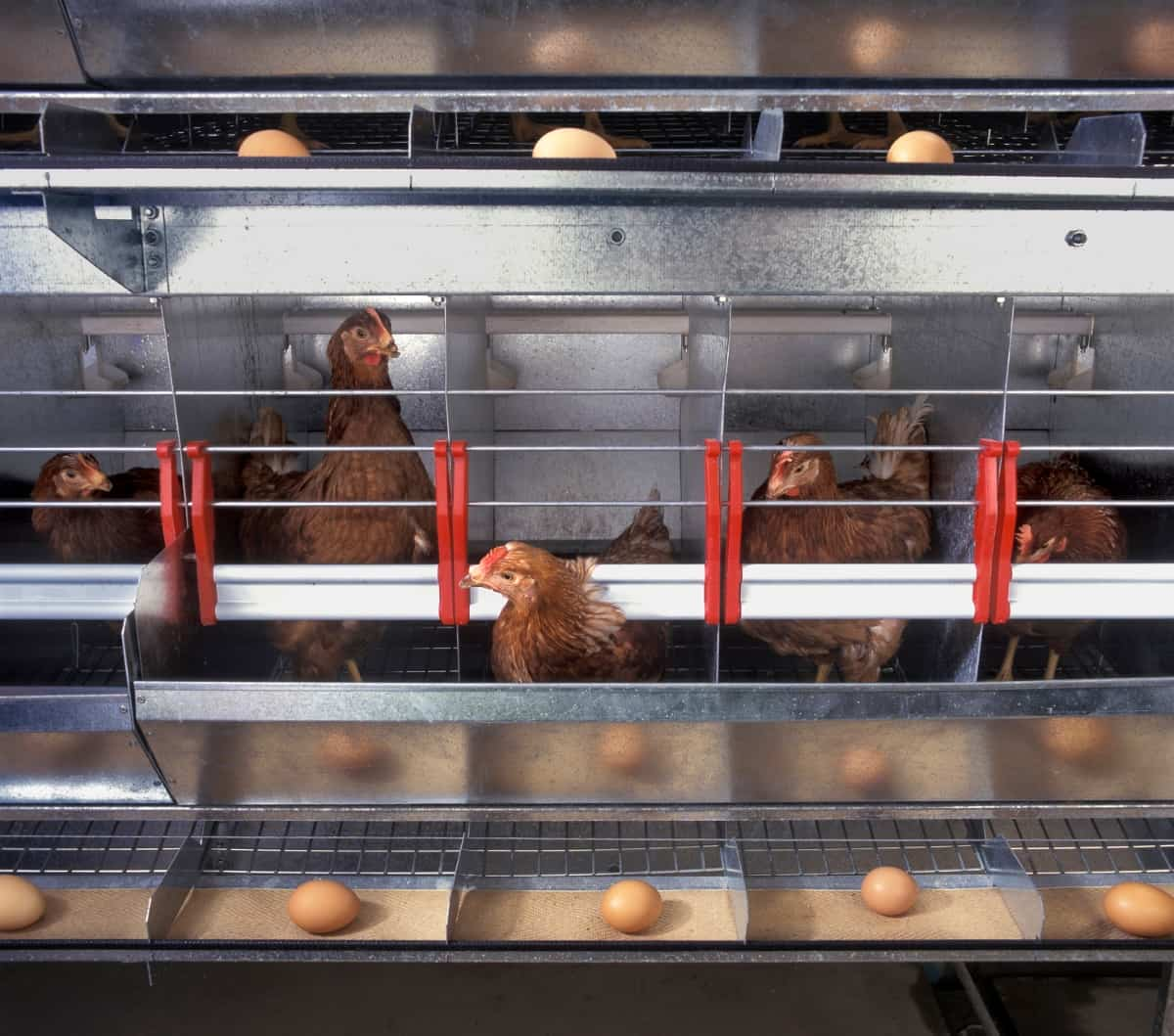
This is a hybrid breed developed in France in 1978. It is one of the most productive egg layers in the world, averaging 280 eggs per year. The eggs are medium-sized and brown-colored. The ISA Brown is a hardy, friendly, and easy-to-manage breed that adapts well to different climates and environments.
This is an old and well-known breed that originated in Italy. It is a prolific egg layer, producing around 250 eggs per year. The eggs are medium-sized and white-colored. The Leghorn is a shy, independent, and flighty breed that prefers free-range conditions and requires adequate space and fencing.
This is a dual-purpose breed that originated in the US. It is a reliable egg layer, producing around 250 eggs per year. The eggs are medium-sized and brown-colored. The Rhode Island Red is a friendly, tough, and hardy breed that can tolerate various climates and forage well.
It is another dual-purpose breed that originated in England. It is a consistent egg layer, producing around 250 eggs per year. The eggs can be brown or white, depending on the variety. The Sussex is a tame, gentle, and curious breed that can be easily handled and fed by hand.
This is a unique breed that originated in the US. It is also known as the “Easter Egg Chicken” because it lays multicolored eggs that can be blue, green, pink, or brown. It produces around 200 eggs per year. The Ameraucana is a friendly, active, and intelligent breed that has a distinctive appearance with muffs and beards.
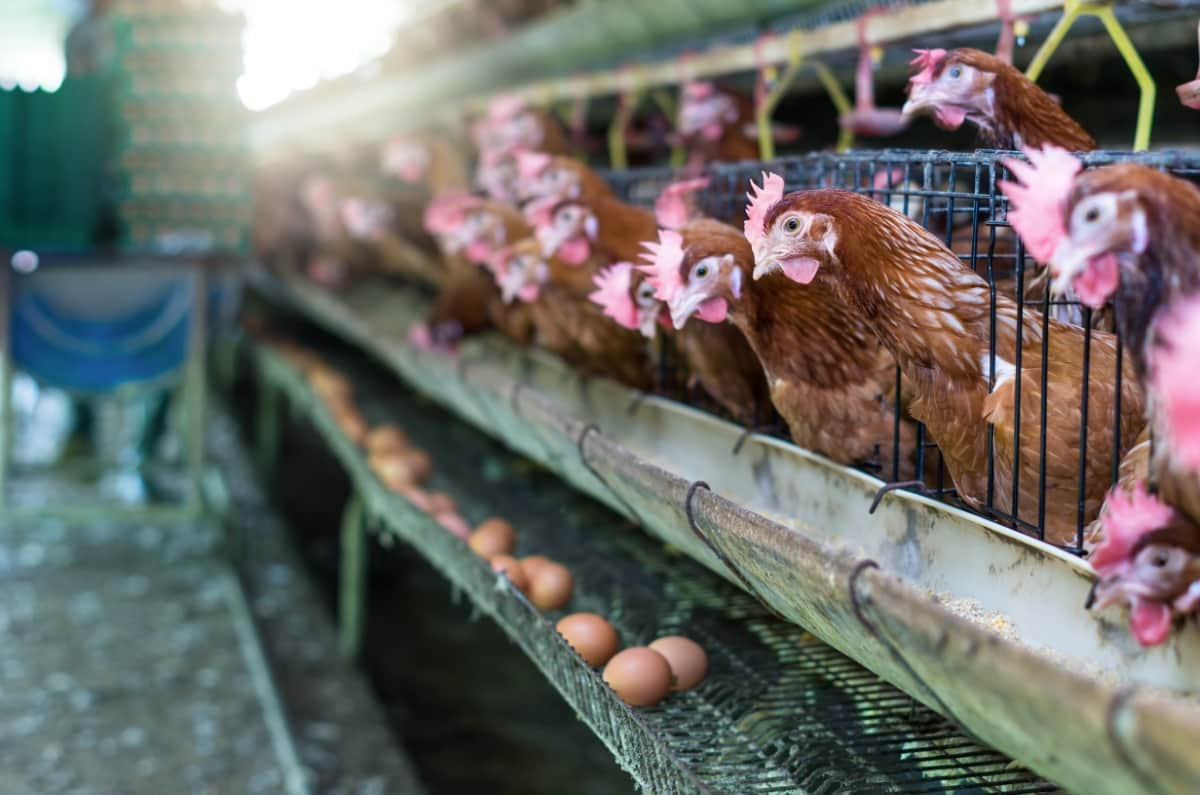
The setup cost for a poultry egg farm depends on factors such as the scale of operation, the type of housing system, the equipment required, the number of birds purchased, the feed and health expenses, and the legal and regulatory fees. Depending on these factors, the setup cost can vary from $10,000 to $500,000+. According to some sources, the approximate setup costs for different scales of poultry egg farm business in India are as follows:
These costs include expenses such as land acquisition or rent, construction of sheds or cages, purchase of chicks or eggs, installation of feeders and drinkers, provision of heating and ventilation systems, vaccination and medication of birds, registration and licensing of business, etc.
Establishing strategic partnerships is crucial for a successful poultry egg farming venture. These partnerships may include collaborations with poultry equipment suppliers, veterinary services, feed suppliers, and online learning platforms. By leveraging these partnerships, farmers can access essential resources and expertise to enhance their operations and ensure the health and productivity of their poultry flock.
The core activities of a poultry egg farming business encompass poultry management, egg production, online education, and marketing and sales. By focusing on these activities, farmers can effectively raise and manage their poultry flock, produce high-quality eggs, educate aspiring and existing farmers through online platforms, and promote their products to target customers.
These resources are essential for ensuring the well-being of the poultry flock, providing educational resources to farmers, and reaching customers through multiple channels.
The value proposition of a poultry egg farming business lies in offering comprehensive educational resources, high-quality poultry egg products, convenience, and community support. By delivering on these promises, farmers can attract and retain customers, differentiate their products from competitors, and build a loyal customer base.
Targeting the right customer segments is crucial for the success of a poultry egg farming business. These segments may include aspiring and existing poultry farmers as well as consumers seeking high-quality eggs. By understanding these customer segments’ needs and preferences, farmers can tailor their products and services to effectively meet their demands.
Utilizing multiple marketing and sales channels is essential for reaching and engaging with target customers. These channels may include the farm’s website, social media platforms, partnerships with retailers, and direct sales channels. By leveraging these channels, farmers can maximize their reach and visibility, attract new customers, and drive sales.
Building strong customer relationships is vital for fostering loyalty and trust. This can be achieved by providing educational support, gathering feedback, fostering a sense of community among learners and consumers. By engaging with customers and addressing their needs effectively, farmers can build long-lasting relationships and ensure repeat business.
Diversifying revenue streams is essential for ensuring the financial sustainability of a poultry egg farming business. These streams may include revenue from educational resources, such as online courses and webinars, and revenue from poultry egg sales. By diversifying their revenue streams, farmers can reduce dependency on a single source of income and mitigate risks.
Managing costs effectively is crucial for maximizing profitability and ensuring the viability of a poultry egg farming business. Key cost considerations may include poultry management costs, content development costs, and marketing expenses. By carefully managing these costs and optimizing resource allocation, farmers can improve their financial performance and achieve their business objectives.
Tracking key metrics is essential for monitoring the performance and progress of a poultry egg farming business. These metrics may include learner engagement, course completion rates, poultry egg production volumes, and customer satisfaction levels. By regularly monitoring these metrics, farmers can identify areas for improvement, make decisions, and drive continuous growth and innovation.
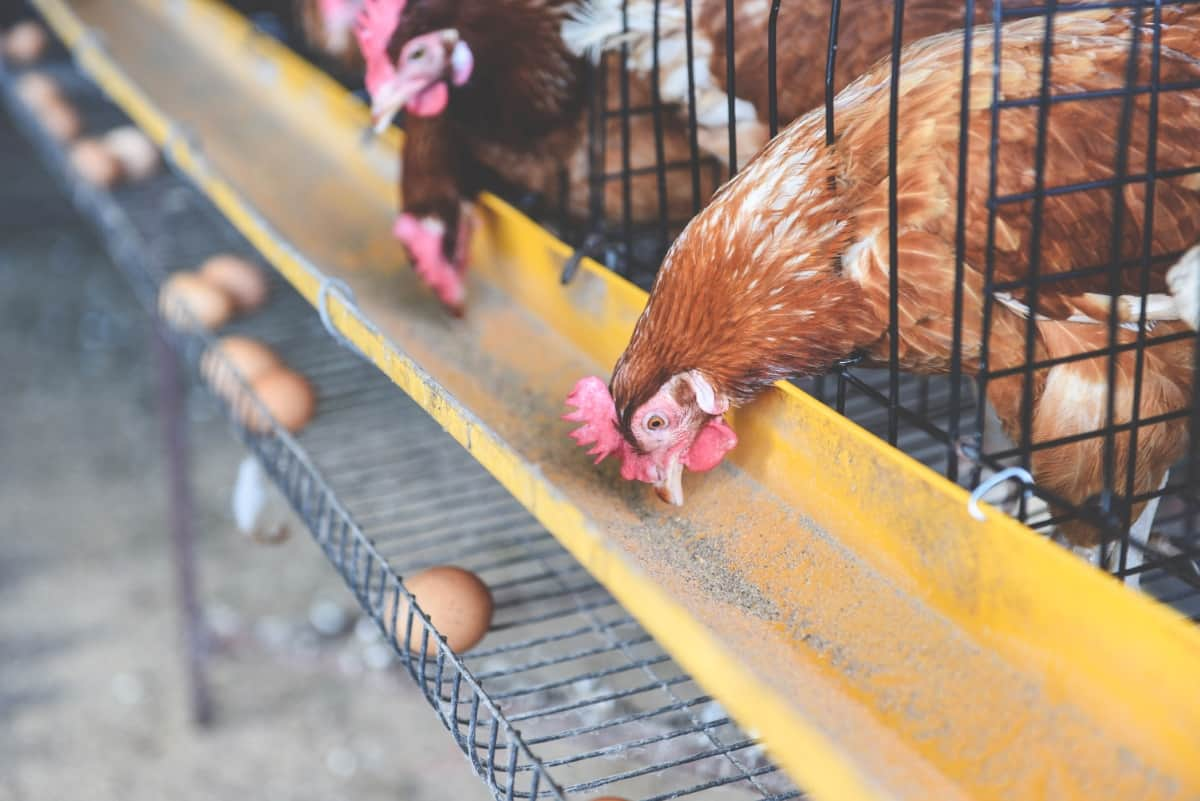
A summary of your poultry farm’s objectives, plans, and financial predictions may be found in your business plan for chicken egg farms. It supports proactive planning, financial security, risk management, and progress tracking. A thorough business plan for a chicken egg farm should include the following sections:
Executive Summary: This is a synopsis of your business plan that includes important details like your company name, address, mission and vision statement, offerings, target market and customer demographics, financial projections, and funding needs.
Business Description: This is a thorough overview of your company that includes information about your aims and objectives, income sources and business model, ownership information, and legal setup.
Market analysis: This is examination of market and industry developments that impact your company. It contains data on market size and development potential, customer preferences and demand, market segmentation, and differentiation tactics.
Products and Services: This is an overview of the meat, eggs, and specialty items that you provide from your chickens. It draws attention to the qualities and advantages of your items as well as their characteristics.
Marketing and Sales Strategy: This outlines your approach to reaching your target market with product promotions and sales. It addresses topics like advertising techniques, distribution networks, and price strategies.
Management and Organization: This section outlines your strategy for effectively managing your chicken farm’s activities. It addresses topics such as staff development and training, organizational structure, roles and duties, and human resources.
Financial Projections: This is a projection of your cash flow statement, balance sheet, income statement for the next three to five years. It displays your anticipated earnings, costs, and sales, in addition to your break-even point and return on investment.
Funding and Financing: This section explains how much capital you will need to obtain and how much you will need to establish and operate your chicken farm. It includes topics including loan terms and conditions, equity or debt finance, and funding sources.
Risk Analysis and Mitigation: This entails determining and evaluating the possible dangers and difficulties that might impact your poultry farming enterprise and how you intend to address them. Risks related to the market, operations, finances, law, and other areas are covered.
Implementation Plan: This is a schedule of the major tasks and deadlines you must meet to start and expand your chicken farm company. It addresses things like buying property, building, setting up equipment, buying birds, and advertising campaigns.
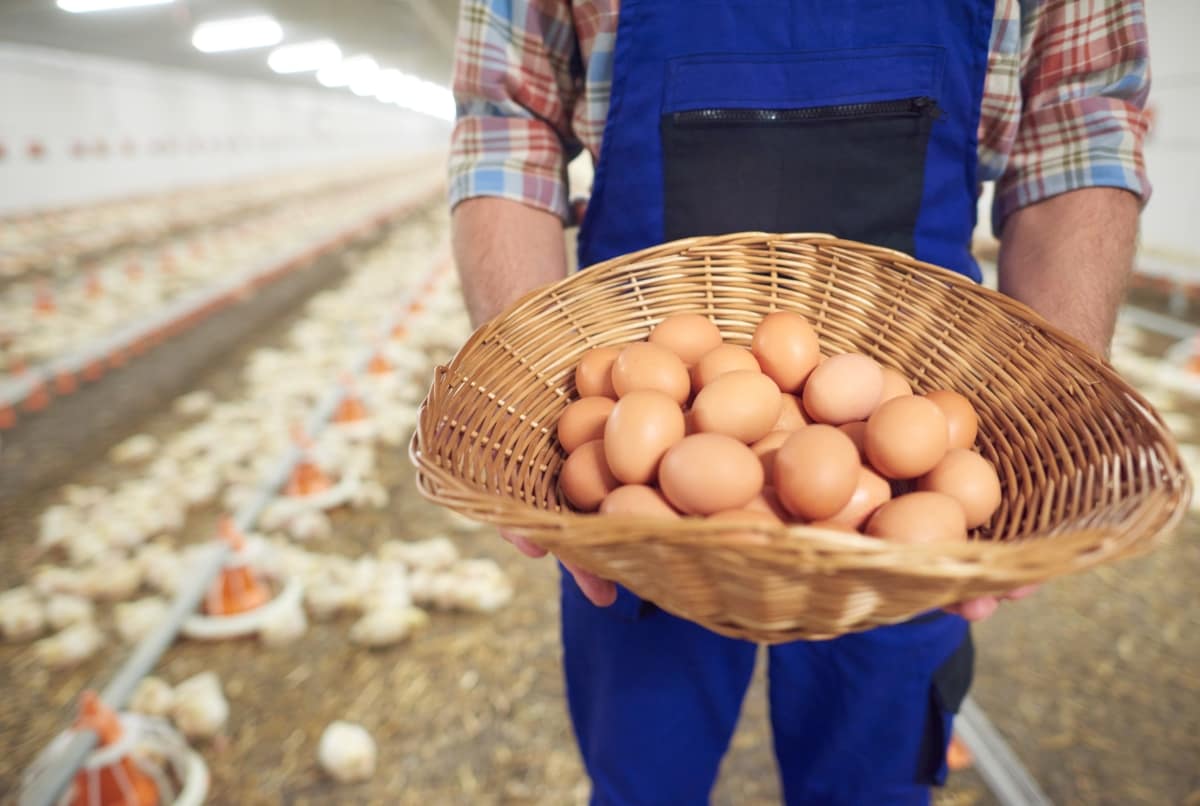
Implementing these strategies can enhance productivity, ensure biosecurity, and effectively reach target markets for poultry egg farm businesses. Focusing on quality, efficiency, and customer satisfaction, these approaches can contribute to the operation’s success and sustainability.